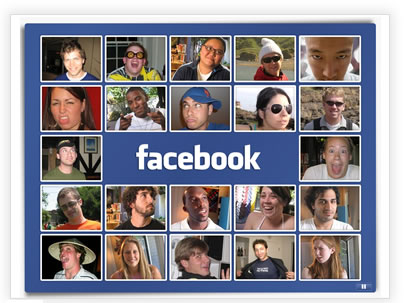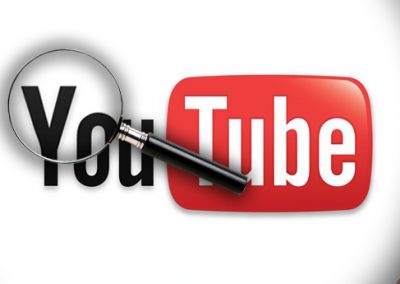Online marketing has greatly evolved in the past few years. It’s no longer about buying a few banner ads on a big website and waiting for results. It’s now more about leveraging content to get leads, generate sales and build long term relationship with your target audience.
Yes, content as turns out is the backbone of any online marketing campaign that you run these days. In whatever form it may be, content is necessary to achieve your online marketing goals and get positive results.
But creating a high volume of content that meets quality is not a walk in the park. If you’re doing it on your own then you will have to dedicate a good amount of time to it. The solution to this problem is to outsource your content creation needs and build your own team of writers.
The biggest benefit of doing so is that you will get a great return on your investment (given that you hire the right people) and also save time. Here are a few things to keep in mind when outsourcing your content creation:
Learn the Ropes of Effective Outsourcing
As an online marketer, there are more important things to focus on such as creating new strategies for your business, dealing with customers, building relationships, etc. In such a scenario outsourcing your content can be of a great help, given that you know what you’re doing.
There are two important variables to focus on when outsourcing content creation, which are quality and quantity. You have to find the right writer who can deliver the amount of content you want without compromising on the quality. Your first hire is your first step towards building your a good team of writers.
So without jumping into the complex side of outsourcing your content, start with a simple plan. Test the waters by sampling different writers. Instead of handing over big projects, start with smaller ones. Get a taste of what outsourcing feels like. This gives you the opportunity to strengthen your foundation, and get better long term results.
Be Crystal Clear with Your Instructions
If you want to get great results from your content outsourcing efforts then see to it that you are giving your writers clear instructions. How you work with your writers begins with your communication.
The instructions that you give to your writers shouldn’t be confusing. They should be detailed enough and at the same time be concise. Knowing how to “talk” to your writers and help them get a better picture is a skill that you need to develop.
Over time, as you build stronger relationships with your writers, they’ll know what you’re looking for without elaborate set of instructions.
Focus on Building Long Term Relationships
Content creation is a need for any online marketer, which comes up again and again. And the success of your online marketing lies in how you maintain the quality of your content over time. So work on building long term relationships with good writers instead of focusing on short term goals.
The fact is that finding quality writers is just as difficult as hiring exceptional in house employees. This is why you should grab every opportunity you can to nurture your relationship with writers that have proven to give favorable results.
Give them the necessary feedback, reward them from time to time, appreciate their work, etc. In short, do whatever it takes to not lose them.
How do you create your content? Do you have experience outsourcing it? If yes, do share your experience in the comments section below.



















